 |
Backscatter Underwater Video & Photo is the largest underwater imaging equipment supplier in the world. They love the water, and they personally dive and shoot with the gear they sell. This article originally appeared on their website, and is reproduced here with permission.
With the high speed shooting of the Sony a9 mirrorless camera and just released Nauticam NA-A9 underwater housing, we decided the best underwater photography test was to take it to the island of Guadalupe off the Baja California coast to shoot great white sharks.
The white sharks are a perfect subject to test with this camera due to their speed, relative unpredictability, stealthiness, and camouflage. All of these factors require a camera to have fast and accurate autofocus, fast continuous shooting mode, and a really deep image buffer to capture as many pictures as possible to nail that one special shot.
Sony designed the Sony a9 to do just that and aimed this camera to directly compete with the Nikon D5 and Canon 1DX II, both of which are the top cameras from Nikon and Canon for high-speed shooting.
 |
| Sony a9 Camera, Nauticam NA-A9 Housing, Sony 16-35mm Lens. Shot at 1/250 F8 ISO 320 |
Blazing Fast Autofocus Performance
The Sony a9 has a crazy amount of AF points at 693 when set in wide mode that covers 93% of the frame and updates focus at a stunning rate of 60 times per second. I used the Sony 16-35mm f/4 lens exclusively for this trip and let the camera pick from the 693 autofocus points on its own.
With this camera and lens combination, I did not have any problems with the camera and lens not tracking the subject, even during high speed “attacks” of the sharks going after the bait, when letting the camera choose on its own among the 693 AF points. Only when a shark was at the limit of visibility did the AF system lose the subject and started to track the water surface instead. When a shark came back to be within the limits of visibility, the AF system immediately picked it back up again. That being said, the visibility at Guadalupe Island is about 70 to 100 feet, which is so far beyond what any acceptable composition distance is for underwater photography.
A major advantage of the autofocus system of the Sony a9 is the ability to track focus WHILE rapid fire burst shooting without any screen or viewfinder blackout. This allows continuous shooting, auto focusing, framing, and zooming all to happen at the same time seamlessly. This was a godsend for the rapidly changing distance to subject and framing that happens as these sharks move through the scene.
For shooting technique, I just mashed down and held the AF-ON button on the back of the camera and the shutter release simultaneously, while at the same time moving the zoom knob and panning the camera for framing the shot. The camera continued to shoot and focus track the subject with no issues. This technique might seem rather crude, but worked quite well given the task at hand.
 |
| The Sony a9 is the fastest shooting full frame camera on the planet. Combined with super fast autofocus, it has the ability to capture the subtlest movements. This image sequence was shoot at 20 frames per second. 1/400, F11, ISO 1000 |
Fastest Shooting Speed for a Full Frame Camera Ever
The Sony a9 can shoot up to 20 frames per second in RAW with a 241 shot buffer when using the electronic shutter, and 5 frames per second with the mechanical shutter. The electronic shutter does not sync with strobes (not that a strobe could keep up!) while the mechanical shutter does sync with strobes. The custom function button C3 is setup from the factory to allow the photographer to choose between mechanical or electronic shutter.
There are three continuous shooting modes on the camera–high, medium, and low. I kept it on continuous high the whole time and used the C3 button to choose between mechanical and electronic depending on whether I wanted to use strobes in the shots.
For shots with strobes, I kept my strobes at 1/4 power to ensure a super fast recycle that would keep up with the camera’s 5 frames per second shutter. We hope that in the future Sony will make an electronic shutter that will sync with strobes and get past the mechanical flash sync speed limit of 1/250 second.
 |
| Sony a9 Camera, Nauticam NA-A9 Housing, Sony 16-35mm Lens. Shot at 1/250 F9 ISO 400 |
Exposure Technique for White Sharks—Auto ISO
With distances and the amount of light reaching the subject changing rapidly with shooting great white sharks, it’s hard to shoot fully manual and nail each exposure each time.
We’re up against a few limits that aren’t exactly ideal for going over to program auto exposure, aperture priority, or shutter priority. A fast shutter speed is needed to freeze the motion of the shark. A higher aperture is needed to get the corners sharp with a wide angle zoom lens behind a dome.
Needing to set both of these in the past has meant needing to shoot full manual exposure, but with Sony’s excellent ISO performance and customizable Auto ISO feature, manual exposure mode with Auto ISO is how I shot each one of these shots in this review.
Sony a9 vs. Sony A7R Mark II vs. Nikon D810
Sony’s stills image quality in their flagship cameras have been at the top of the heap of not only the mirrorless camera category, but also beating out top level SLRs as well for the last few years. The color, sharpness, detail, and noise levels are all excellent and find the Sony a9 among the top of the list in each of these categories.
While the higher resolution cameras of the Sony a7R II and Nikon D810 will edge out the Sony a9 in ultimate image quality, neither of those cameras come close to the speed of this camera, and it’s hard to find another camera besides these two that will outperform the Sony a9 in image quality with what we have available to shoot underwater.
 |
| Sony a9 Camera, Nauticam NA-A9 Housing, Sony 16-35mm Lens. Shot at 1/250 F8 ISO 400 |
Who Is This Camera For?
The Sony a9 doesn’t come cheap. At $ 4,500, it is the most expensive full frame mirrorless camera on the market today. Then again, it’s designed to run head to head against the Nikon D5 which does 12 frames per second, and the Canon 1DX II, which does 16 frames per second—those cameras are $ 6,500 and $ 6,000, respectively.
Sony definitely shakes up the established competition in this area by besting these cameras in terms of overall speed and image quality. While there may be additional features such as 4K 60p video and the best ambient light white balance out there with the Canon 1DX II, the Sony a9 comes in at a much lower price point, especially for the amount of still image shooting performance you’ll get.
If you are someone who likes to shoot fast moving pelagic sea life such as sharks, dolphins, whales, mantas, sailfish, etc., this is definitely the camera for you. The speed of focus, focus tracking and shooting, and 241 RAW shot image buffer is mind boggling and second to none. You’ll be able to get the shot with focus nailed better than any other camera out there today.
For someone who needs more resolution than 24 megapixels, and must have pro level 4K video with accurate custom white balance at depth, those are the only areas where this camera will fall short.
Articles: Digital Photography Review (dpreview.com)
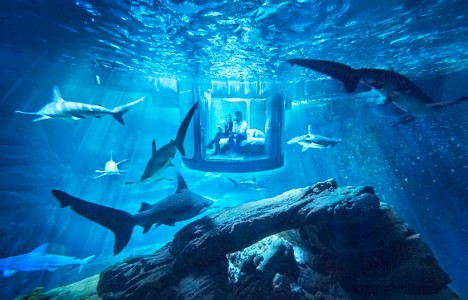
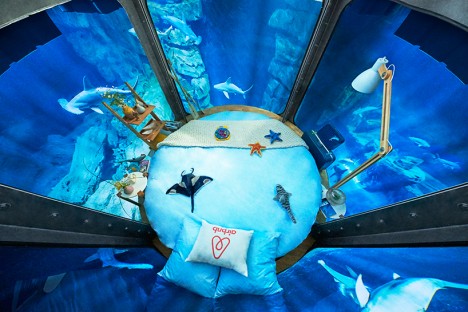
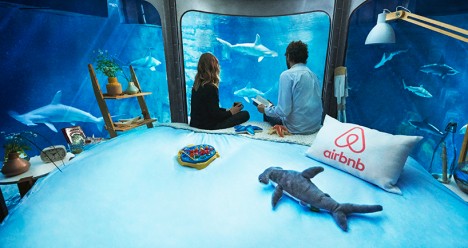

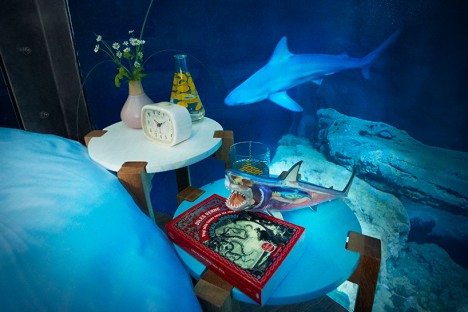

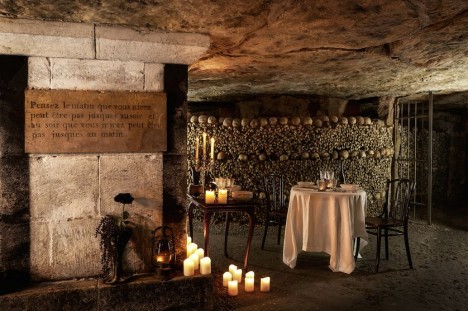

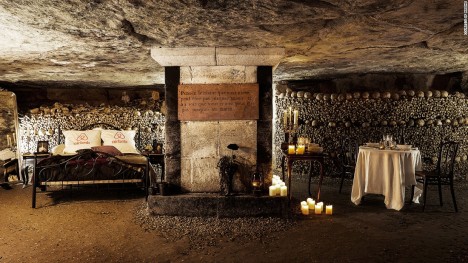



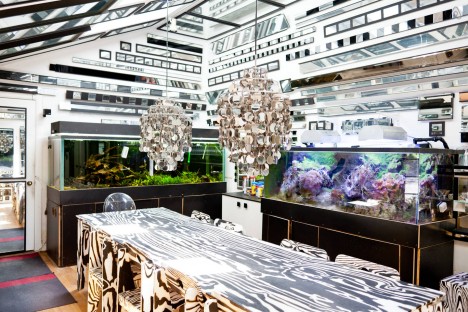
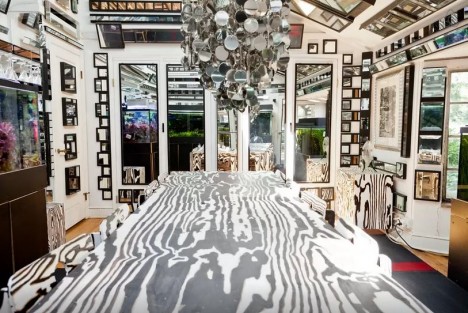




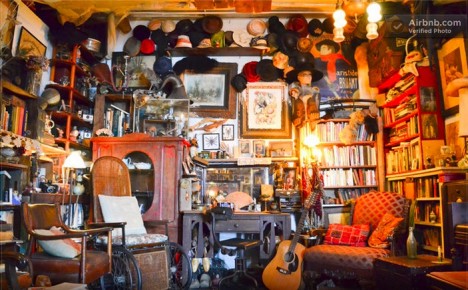


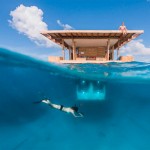






You must be logged in to post a comment.